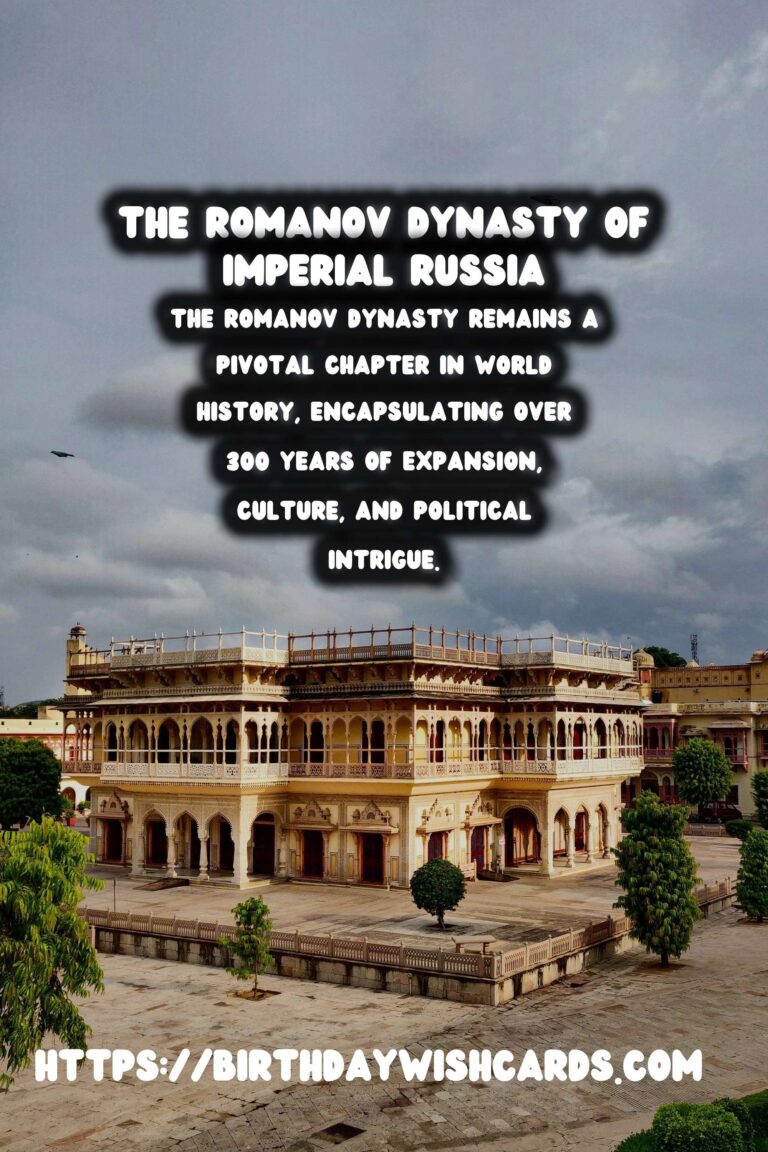
The Romanov dynasty remains a pivotal chapter in world history, encapsulating over 300 years of expansion, culture, and political intrigue. From 1613 to 1917, the Romanovs ruled Russia, leaving behind a legacy that continues to influence the country today.
The Rise of the Romanovs
In 1613, a 16-year-old Mikhail Romanov ascended to the Russian throne, founding a dynasty that would last for three centuries. During a time of turmoil known as the Time of Troubles, Russia was seeking stability, and Mikhail represented the potential for unity and an end to civil unrest.
Cultural Flourishing and Expansion
Under the reign of the Romanovs, especially during the 18th and 19th centuries, Russia experienced significant cultural and territorial expansions. Monarchs such as Peter the Great and Catherine the Great were instrumental in modernizing the country. Peter the Great, for instance, was known for his extensive reformations, strengthening the army and navy, and founding the city of St. Petersburg as a ‘Window to the West.’
The Opulent Tsars
The Romanov rulers were known for their opulent lifestyle, their grand palaces, and patronage of the arts, which brought cultural prosperity to Russia. The Winter Palace, part of the Hermitage Museum in St. Petersburg, stands as a testament to their luxurious tastes and commitment to art and architecture.
The Fall of the Romanov Dynasty
Despite their successes, the Romanovs were not immune to the social and political upheavals of the 19th and early 20th centuries. The advent of the Industrial Revolution, the demand for political reform, and the tragic events of World War I paved the way for their downfall. The February Revolution of 1917 ended centuries of Romanov rule, leading to the abdication of Nicholas II, the last tsar of Russia.
The Romanov Legacy Today
Today, the legacy of the Romanovs is visible throughout Russia, from the architecture of St. Petersburg to the cultural renaissance that they stimulated. The Romanovs continue to captivate historians and enthusiasts alike, symbolizing both the grandeur and the tragedies of imperial Russia.
In conclusion, the Romanov dynasty remains an essential part of global history, a family that guided Russia through times of both prosperity and turmoil, leaving a profound legacy that still resonates.
The Romanov dynasty remains a pivotal chapter in world history, encapsulating over 300 years of expansion, culture, and political intrigue. In 1613, a 16-year-old Mikhail Romanov ascended to the Russian throne, founding a dynasty that would last for three centuries. 
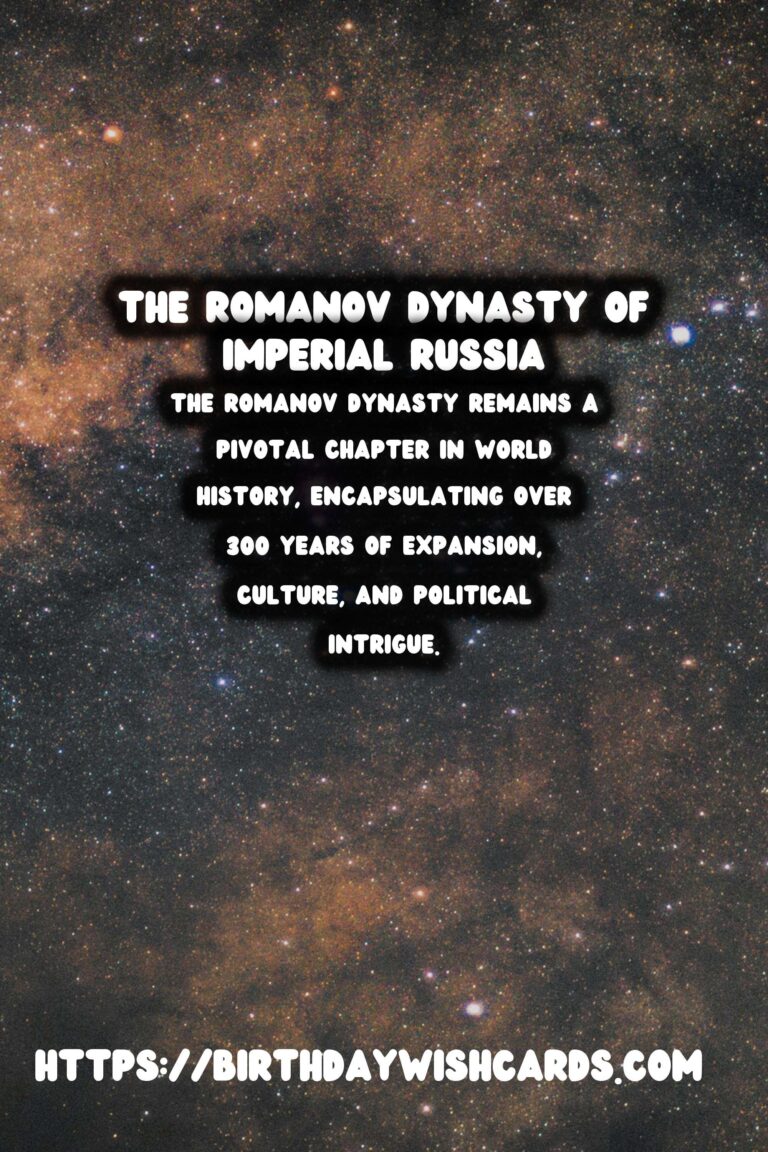
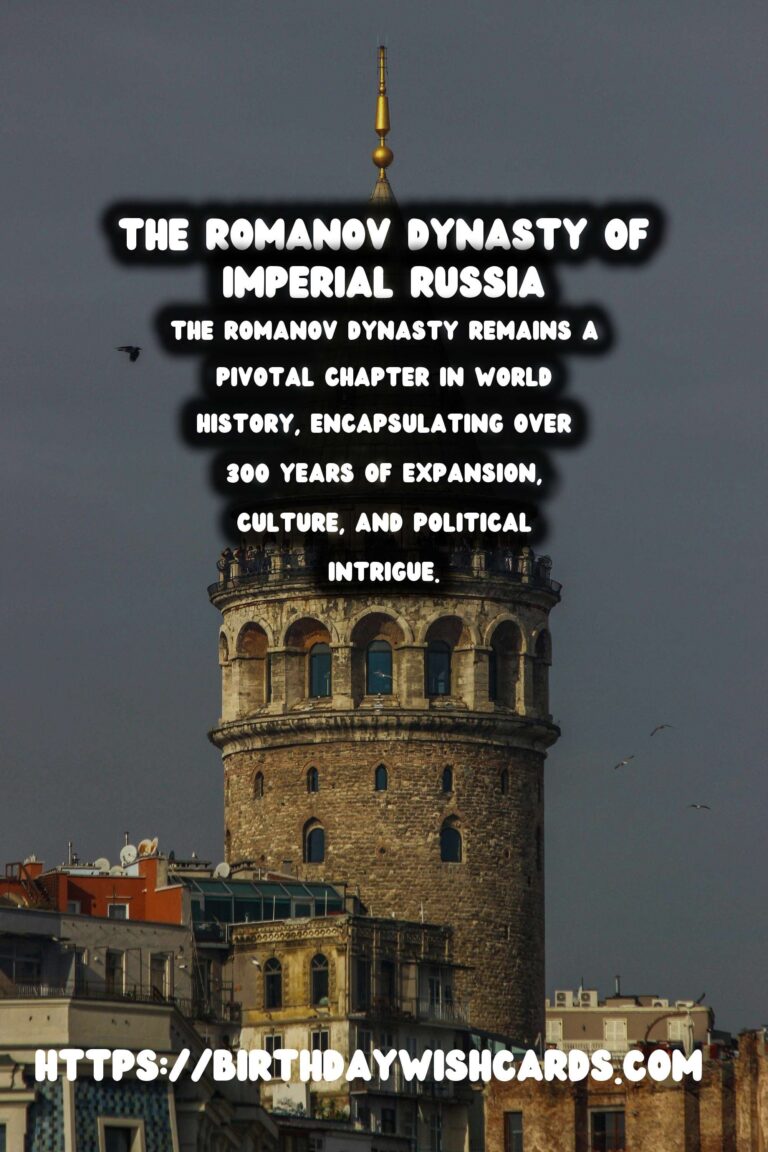
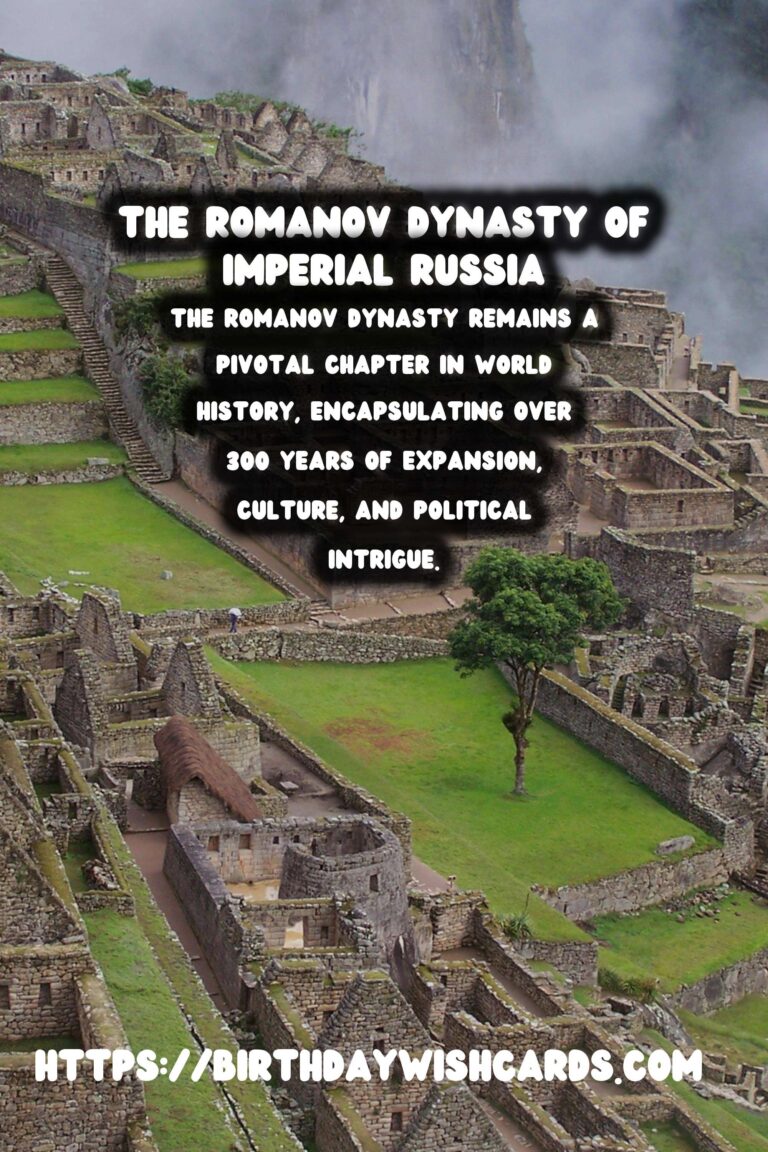
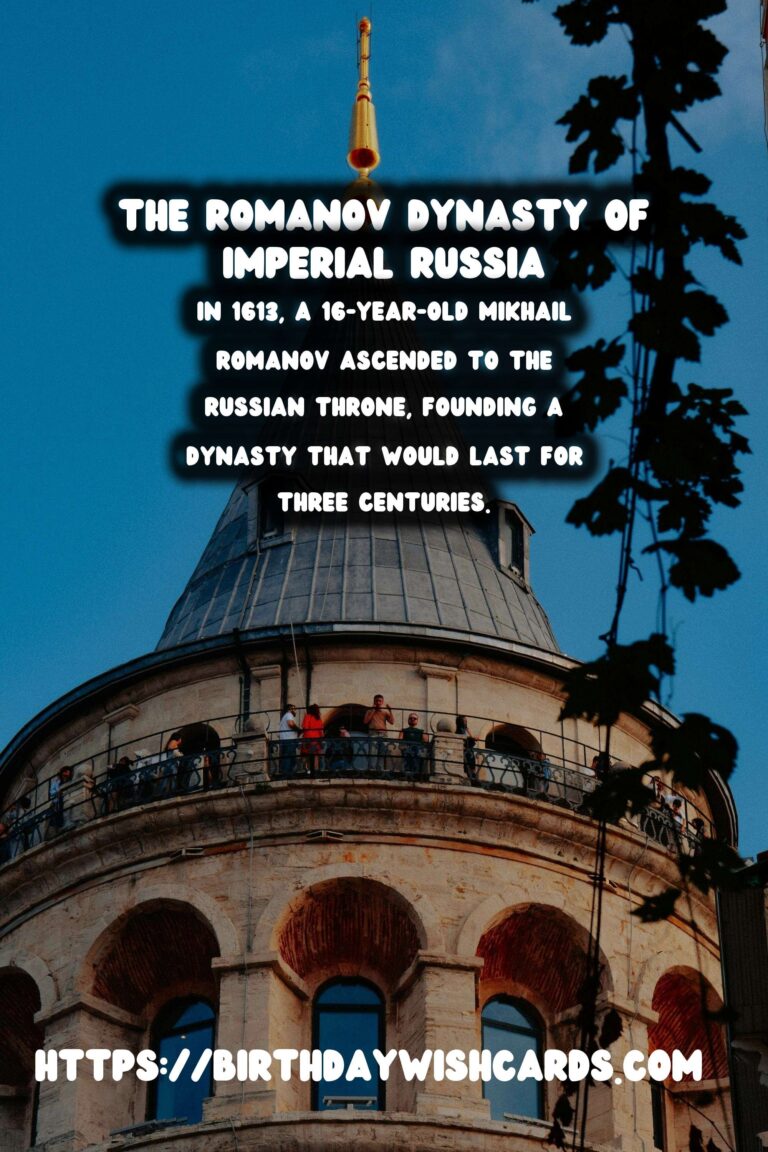
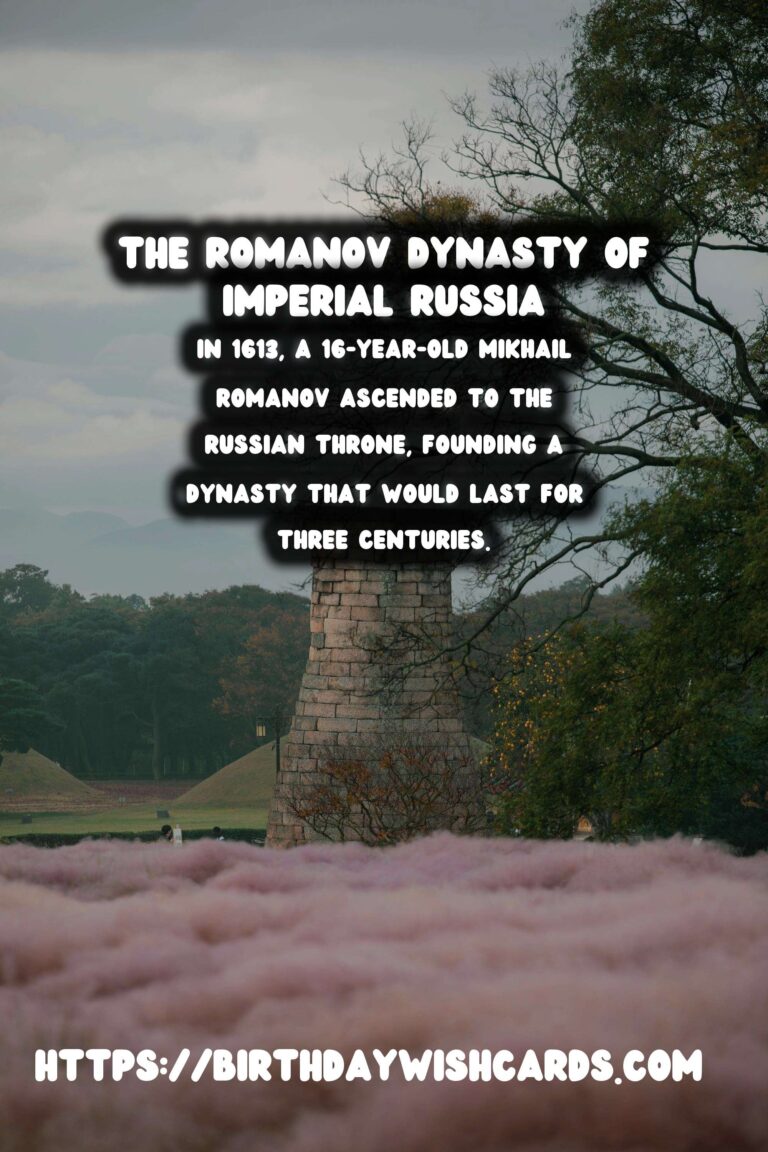
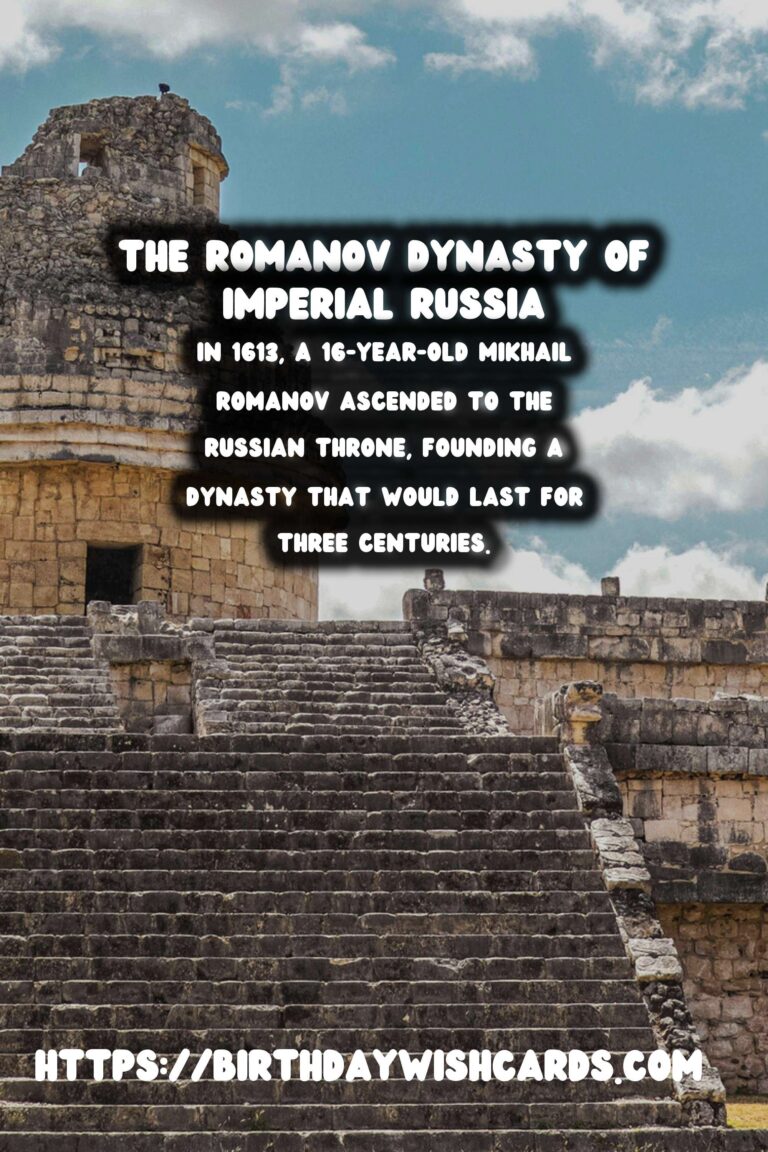
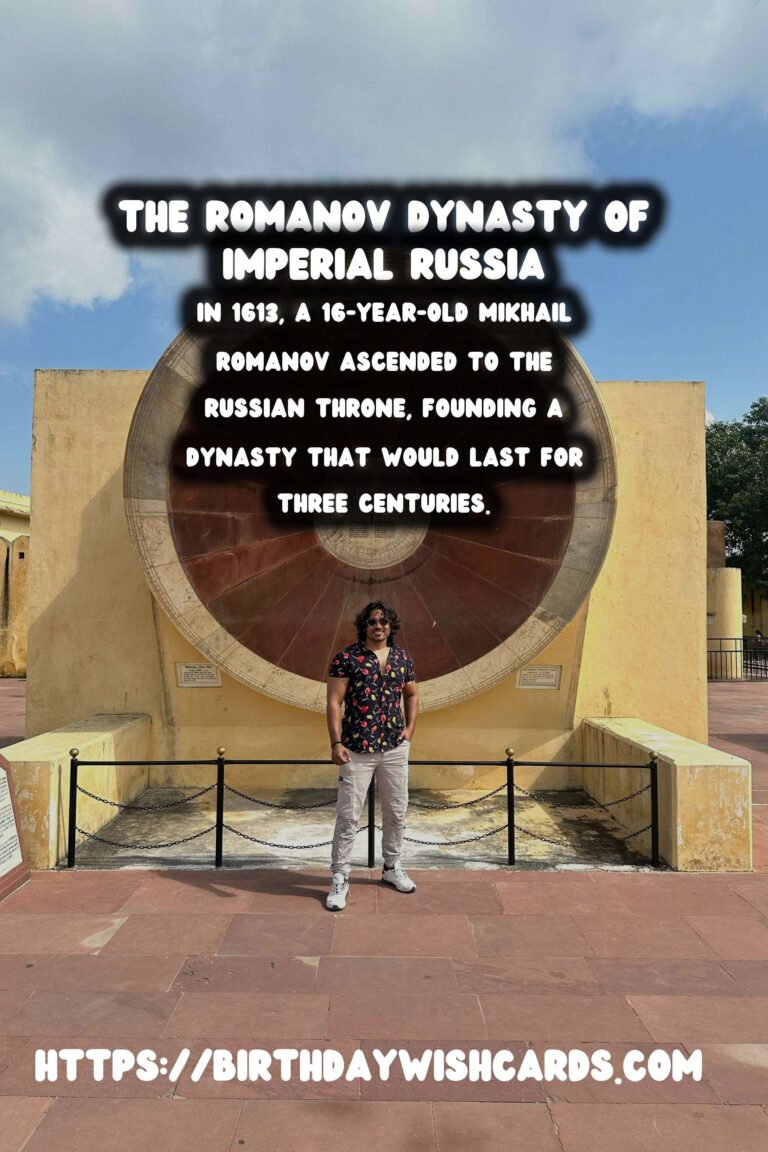
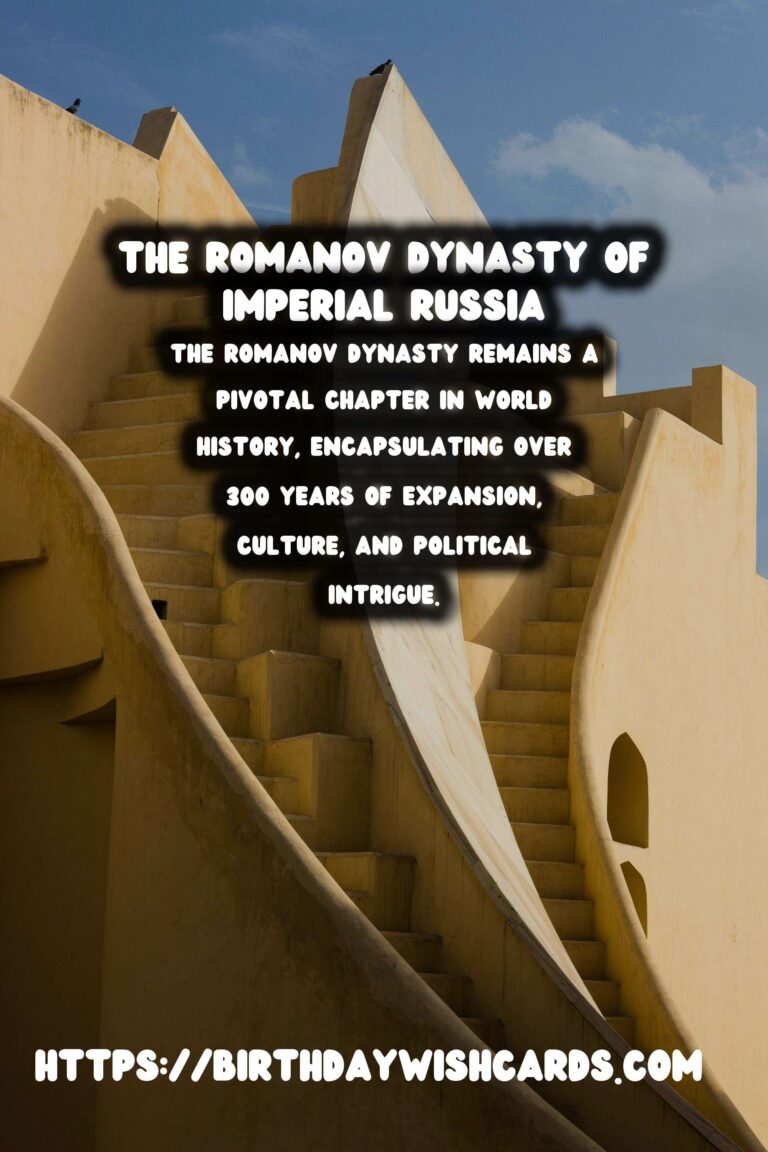
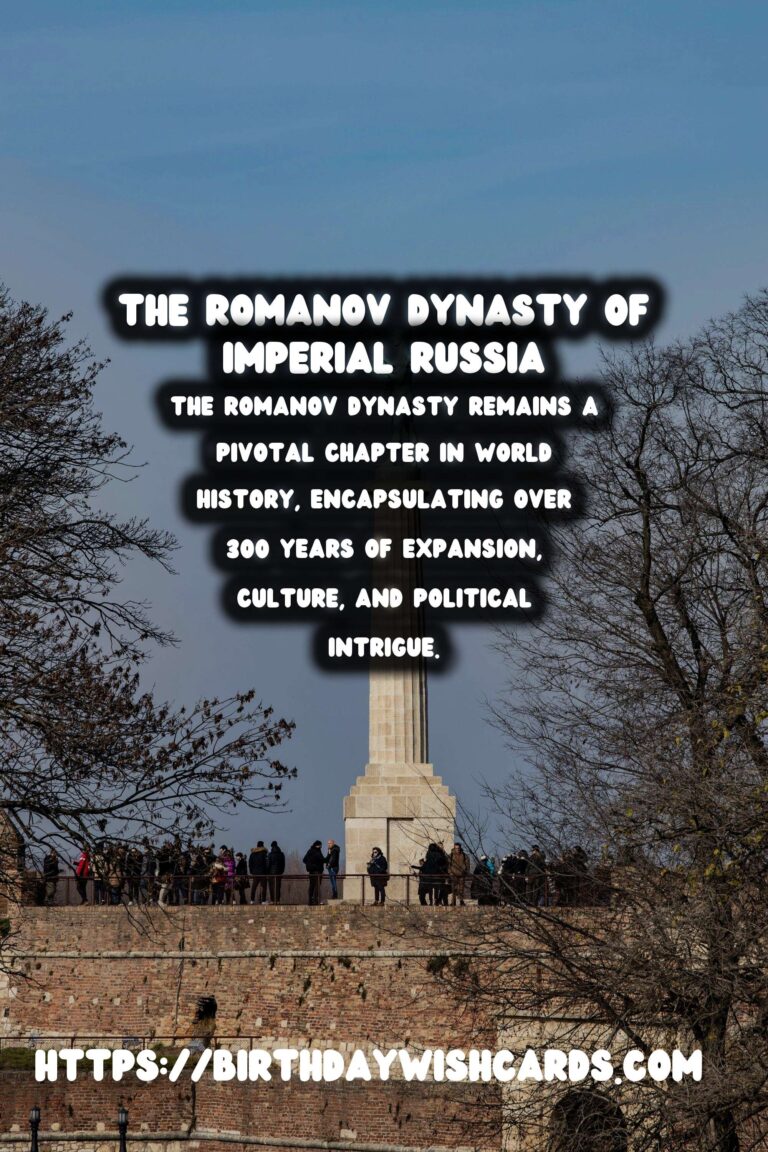
#Romanov #ImperialRussia




